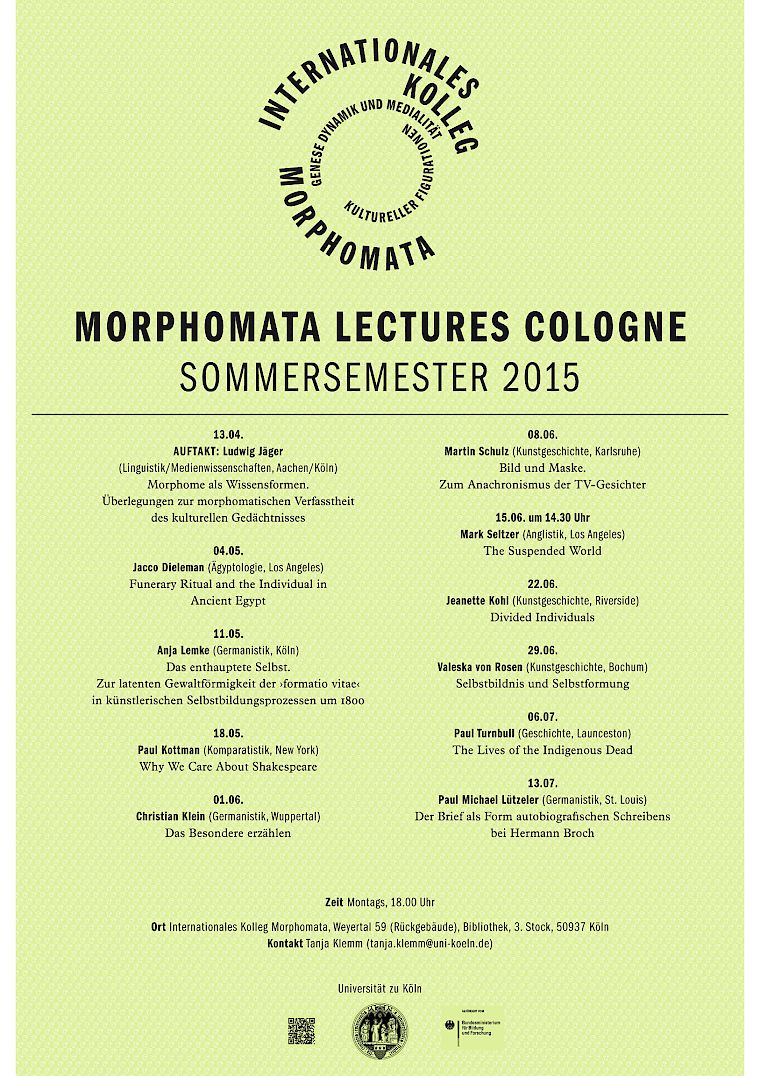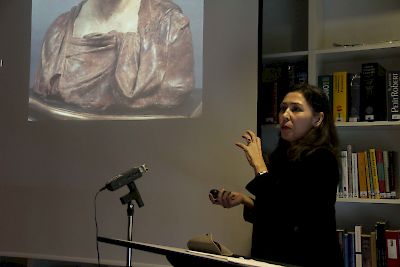Bust portraits ‘live’ on the threshold. As portraits, they are characterized by a ‘mediated immediacy’ immortalizing the individual face and personality – a function they have maintained from Antiquity to the present. Yet they are also three-dimensional things – simulacra of individuals whose living presence is caught in the mute form of intentionally fragmented objects. At the same time, they are embodiments of ideas. In the first part of my paper, I will outline aspects for a new ‘phenomenology’ of bust portraits and their powerful presence in human culture, with an emphasis on Renaissance Italy. I ask: What are these objects, in addition to what they represent? How were they apprehended and understood in different contexts? How do modes of production and materials constitute different aspects of meaning? To fathom the power and fascination of bust portraits – for us as much as for the medieval and Renaissance viewer – questions of presence and authority, of integrity and fragmentation, pars pro toto and imagination will be addressed. In the second part, I will discuss a group of astounding Renaissance portrait busts based on either life casts or death masks. These busts are linked to principles of reproduction in two ways: they reproduce the sitters’ faces with utmost, unadorned detail, and they were meant for replication and distribution. They form a point of departure for rethinking the role and functions of similitude/likeness in Renaissance portraiture through the concept of ‘indexicality’ and the relation of this concept to ‘realism’ and ‘presence’. As images generated by immediate touch, by the application of artistic raw material such as plaster to the human body, these objects contain and display the individual sitter’s original traces. They claim unquestionable truthfulness, while they circumvent artistic mimesis. As such, they bear a particular face value within Renaissance culture, whose implications – before the ‘romanticizing’ of death masks since the 18th century – still need to be explored further. By relating the principles of their making to both antique and modern ideas of artistic reproduction and appropriation, of index and the multiple, I hope to approach from a new angle the following question: Why were Italian (male) sculpted portraits of the 15th and early 16th centuries based to such a high degree on reproductive principles, which seem to counteract common notions of the Renaissance artist’s creative powers and the quest for morally grounded idealization in portraits? In other words: Can concepts of reproducibility and repetition – in and beyond artistic culture – be of heuristic and hermeneutic value for our understanding of Renaissance portraiture and its moral, political, and genealogical implications?
(The Lecture will be held in English)

